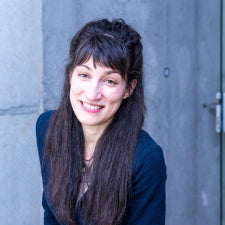Figs have excellent climatic conditions in Western Asia. We found the juiciest and most flavorful fruits in Turkey – more specifically in the mountainous regions of Aydin bordering the Aegean Sea. Mild, humid winters and hot, dry summers with hardly any rainfall make this picturesque region a Mediterranean fruit and vegetable garden. There, alongside figs, many other fruits like olives, grapes, and apricots revel in green bliss, creating flavors only possible in such perfect locations.
At the Peak of Flavor
In Aydin, figs flourish under small-scale farming conditions that are both challenging and labor-intensive due to the high altitude in the mountains. The difficult growing conditions are worth the effort: at such heights, the fruits ripen more slowly, resulting in a richer and more intense flavor. However, before that, there's a ton of work to be done. When September signals the start of the harvest season, the careful picking of these delicious fruits begins – by hand, on the mountain slopes, one fruit at a time.





